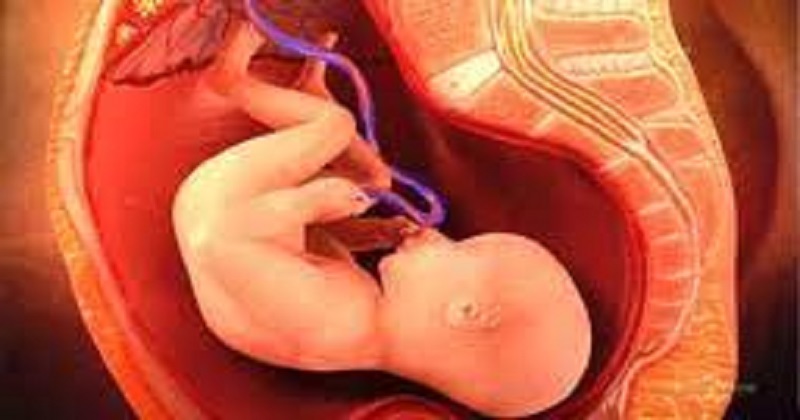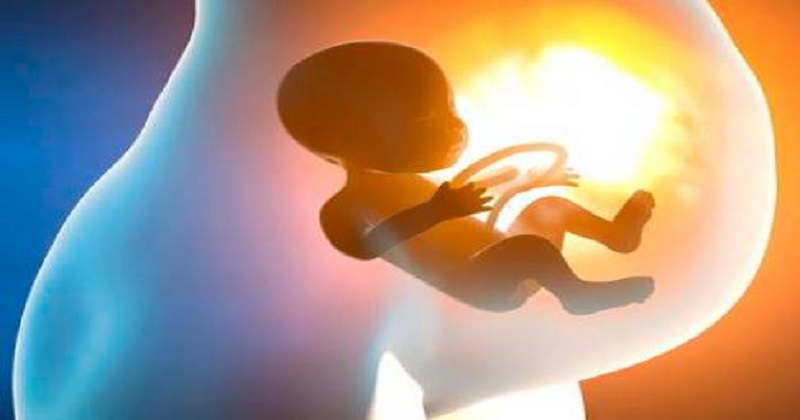
According to pioneers from California, traditional reproduction could become a thing of the past. Conception is a startup that pursues a method called ‘vitro gametogenesis’ to convert adult cells into gametes, which are egg cells. MIT Technology Review reports that the lab has raised $20 million from Skype founder Jaan Tallinn and Open AI CEO Sam Altman.
How does Conception work?
In the beginning, the company hopes to create replacement eggs for women. Towards this end, Conception is sourcing blood cells from female donors in order to create ‘concept human eggs’. As of now, the company hasn’t done it, but founder Matt Krisiloff says that it might be possible soon.

Krisiloff predicts that reproduction would be forever changed if it were to manifest as he says it will. The possibility of having biologically related children exists even for women without ovaries. Those days of natural female infertility would be over. This technology would enable women of any age to have children. Same-sex couples would also benefit, including those in unconventional relationships that trespass the traditional crutches of monogamy.
‘Designer children’ – essentially children with superior intelligence and genetic building blocks that mimic the best embryos – could also be created with this method, according to MIT Tech Review. Krisiloff says that such a technology might be useful if it could remove the risk of genetic diseases, such as Parkinson’s and Alzheimer’s, from the genes of your future children.
Read more: A, E, L, X: Couple names their 11 children using variations of four letters
Goals of Conception
Conception will also attempt to convert a man’s cell into a healthy egg, which would make it possible for gay couples to have kids with the same genetic characteristics as an IVF embryo. A surrogate mom would still have to bear the children. The process involves converting a white blood cell into a totipotent stem cell (‘pluripotent’) through a process called reprogramming. The stem cells would then be manipulated into eggs that reflect the genetic characteristics of the patient.

Post Your Comments